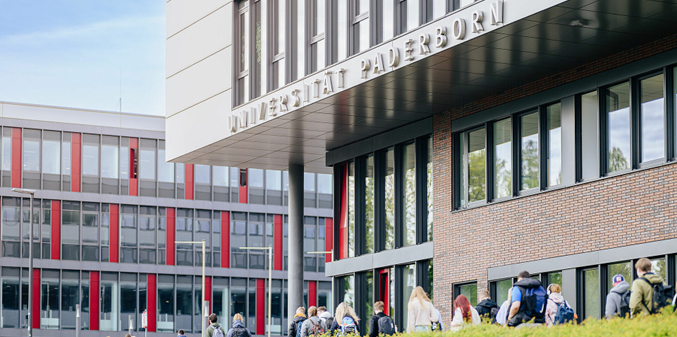Lenovo announced it has won a contract for the joint construction of an HPC cluster with the University of Paderborn in Germany. The system will include the Lenovo ThinkSystem SD665 V3 server with AMD EPYC processor technology for the CPU partition. For the GPU nodes, the system will feature four NVIDIA H100 GPUs. Total cores: more than 136,000.
The new system will approximately double the computing power while complementing the current Noctua 2 supercomputer at the Paderborn Center for Parallel Computing (PC2).
The integration of the new system will be carried out by the HPC partner pro-com DATENSYSTEME.
The installation is scheduled to take place in the second half of the year and is expected to have a runtime of at least five years. From 2025, a significant portion of the computing system will be made available for nationwide research as part of the National High-Performance Computing (NHR), supporting, among other things, the research focus on atomic simulation.
The system is also intended to be accessible to all researchers at the University of Paderborn and other scientists in the NRW research focus.
 To achieve a cooling solution tailored to PC2, the Coolmanager from the German company Waning will be employed. In addition, Lenovo incorporates the Neptune warm water cooling. With water-cooling and insulated racks, over 97 percent of the generated heat can be transferred to the warm water circulation instead of the data center. Additionally, this allows operating the processors more efficiently by using higher water temperatures for performance enhancement. Through heat exchangers and CDUs (Coolant Distribution Units), return temperatures of over 45 degrees celsius are achieved, enabling complete free cooling and waste heat reuse.
To achieve a cooling solution tailored to PC2, the Coolmanager from the German company Waning will be employed. In addition, Lenovo incorporates the Neptune warm water cooling. With water-cooling and insulated racks, over 97 percent of the generated heat can be transferred to the warm water circulation instead of the data center. Additionally, this allows operating the processors more efficiently by using higher water temperatures for performance enhancement. Through heat exchangers and CDUs (Coolant Distribution Units), return temperatures of over 45 degrees celsius are achieved, enabling complete free cooling and waste heat reuse.
Another innovation is the partial use of Open-Loop technology in Lenovo’s system, a feature not found in any other system in Germany. This allows connecting CPUs from the 1U and 2U standard servers to water cooling. In addition to the improved energy efficiency of the overall system, this also enables the use of high-performance processors in combination with FPGA accelerators. This server cooling is also used in the FPGA partition of the HPC system.
As a storage system, a solution based on the IBM ESS 3500 is intended to provide flexible use of NVMe and HDD storage.




